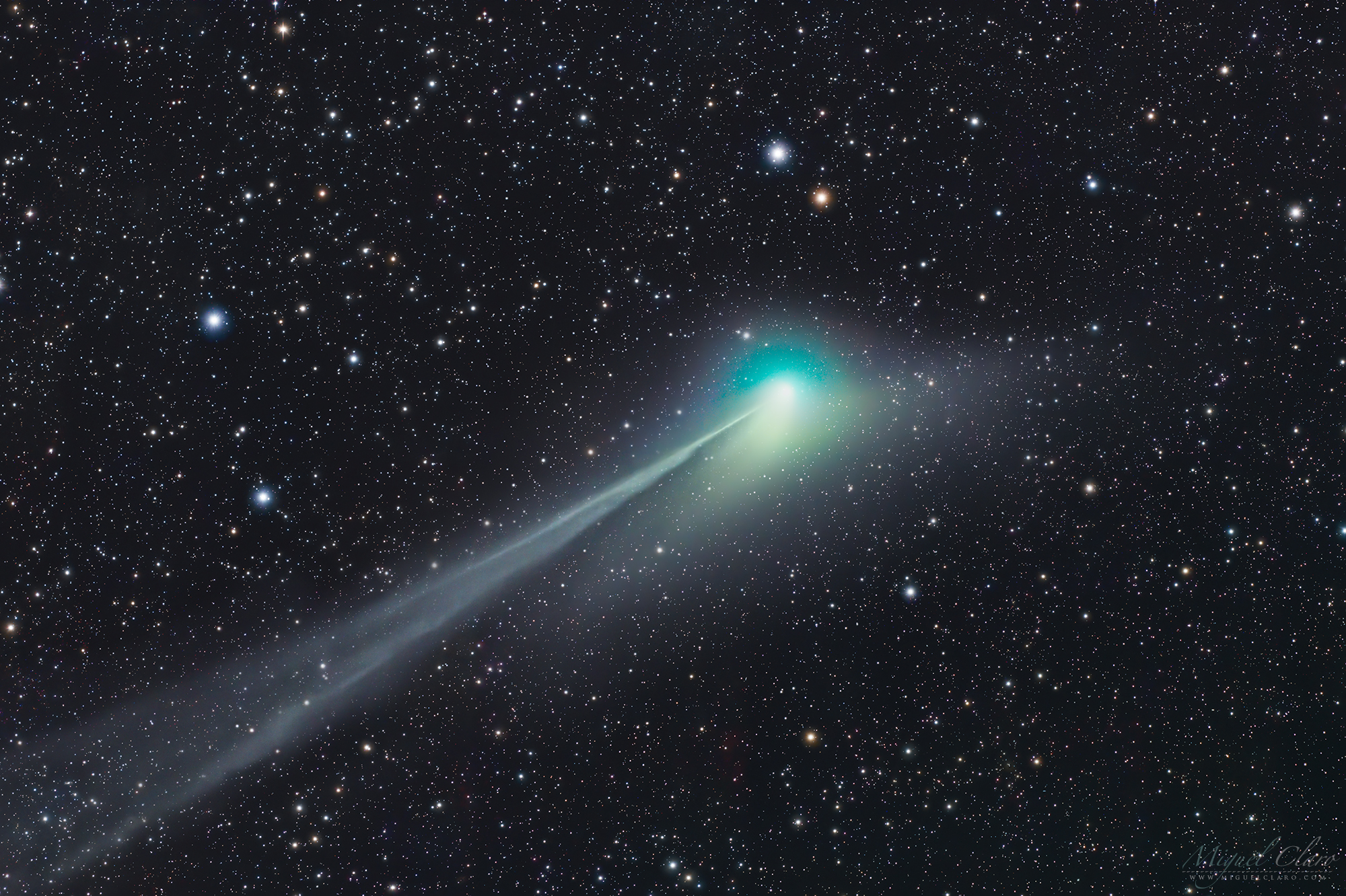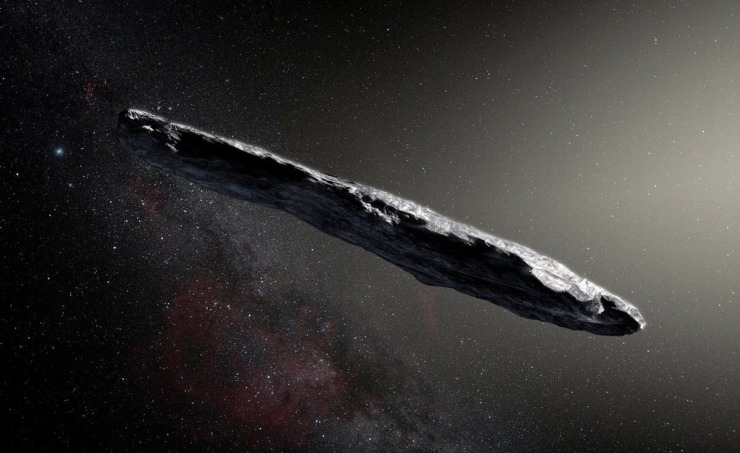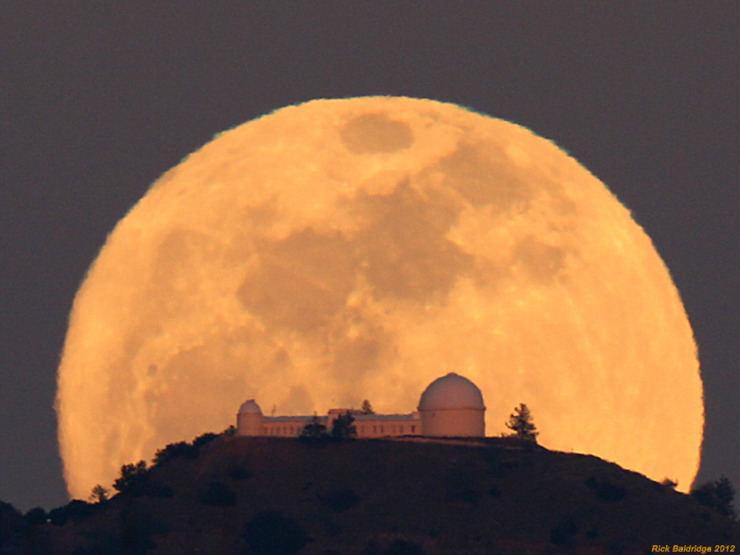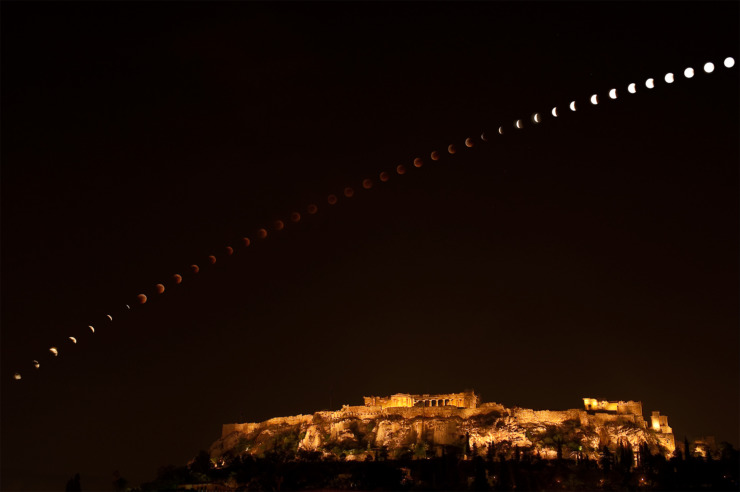There is a faint new comet in the sky, on an orbit that took it some 50,000 years to come in from the deep-space reservoir of icy chunks that surrounds our solar system, While the media hype might lead you to think that it is going to be easily visible, don’t believe it. From any typical viewing location, you will probably need binoculars or a telescope to see it well (or perhaps at all.)
For a nontechnical article that quotes this friendly blogger, you can see: https://www.kqed.org/science/1981331/heres-when-and-how-to-see-the-green-comet (This also gives you information about viewing parties in the San Francisco Bay Area. If you are not near SF, call your neighborhood planetarium or astronomy department to see if anyone in your region is hosting a viewing with telescopes.)
For a more thorough article, with finding charts (among the constellations) and explanations for the astronomy buff, see: https://skyandtelescope.org/astronomy-news/spot-circumpolar-comet-ztf-c-2022-e3-in-binoculars/
Our photo was taken by Michael Jaeger with two cameras and a long exposure. Your eyes, or even binoculars, will not show anything like this.
The brightness of comets we have not seen before is harder to predict than the stock market. Right now, the best guess is that even when the comet is closest to the Earth on Feb. 1, it won’t be bright enough to be seen clearly with the naked eye.
Comets are pieces of ice (mixed with dirt and dust) left over from the formation of the Sun and the planets. There are two great clouds of such icy left-overs orbiting the Sun, one in the region also inhabited by Pluto, and one much further away. When one of these icy chunks (typically one or a few dozen miles across) gets kicked inward to approach the Sun, our star’s heat and light evaporate the ice and form a large cloud of material around the icy piece in the middle. Later, the Sun’s wind and energy push material out of the cloud, away from the Sun, forming the tails we see. The long straight tail is made of atomic particles, many of them charged, and pointing directly opposite the Sun. The shorter, curved tail is made of dust and dirt, which curves as each piece goes into its own orbit around the Sun.
Our new visitor is named Comet ZTF (Zwicky Transient Facility), after the automated telescope in Southern California that found it. Our best estimates are that its path through the solar system is changing its orbit in such a way that it will never come in toward the Sun again. So we need to enjoy it while it’s here. Later in February, you can put “Comet ZTF’ into the Google image search and you’ll be treated to all the images that astronomers with good telescopes took.




